As the planet warms, the power and frequency of hurricanes and tornadoes are reaching new heights. Are we prepared to face the growing wrath of these supercharged storms?
1. Warmer Ocean Surface Temperatures

Image Credit: Pexel / Sebastian Voortman
The Intergovernmental Panel on Climate Change (IPCC) reports that rising sea temperatures are directly correlated with increased hurricane intensity. Warmer waters provide more energy, fueling storms that are more powerful and potentially more destructive. This energy not only increases storm frequency but also enhances its potential for damage.
2. Increased Sea Surface Evaporation
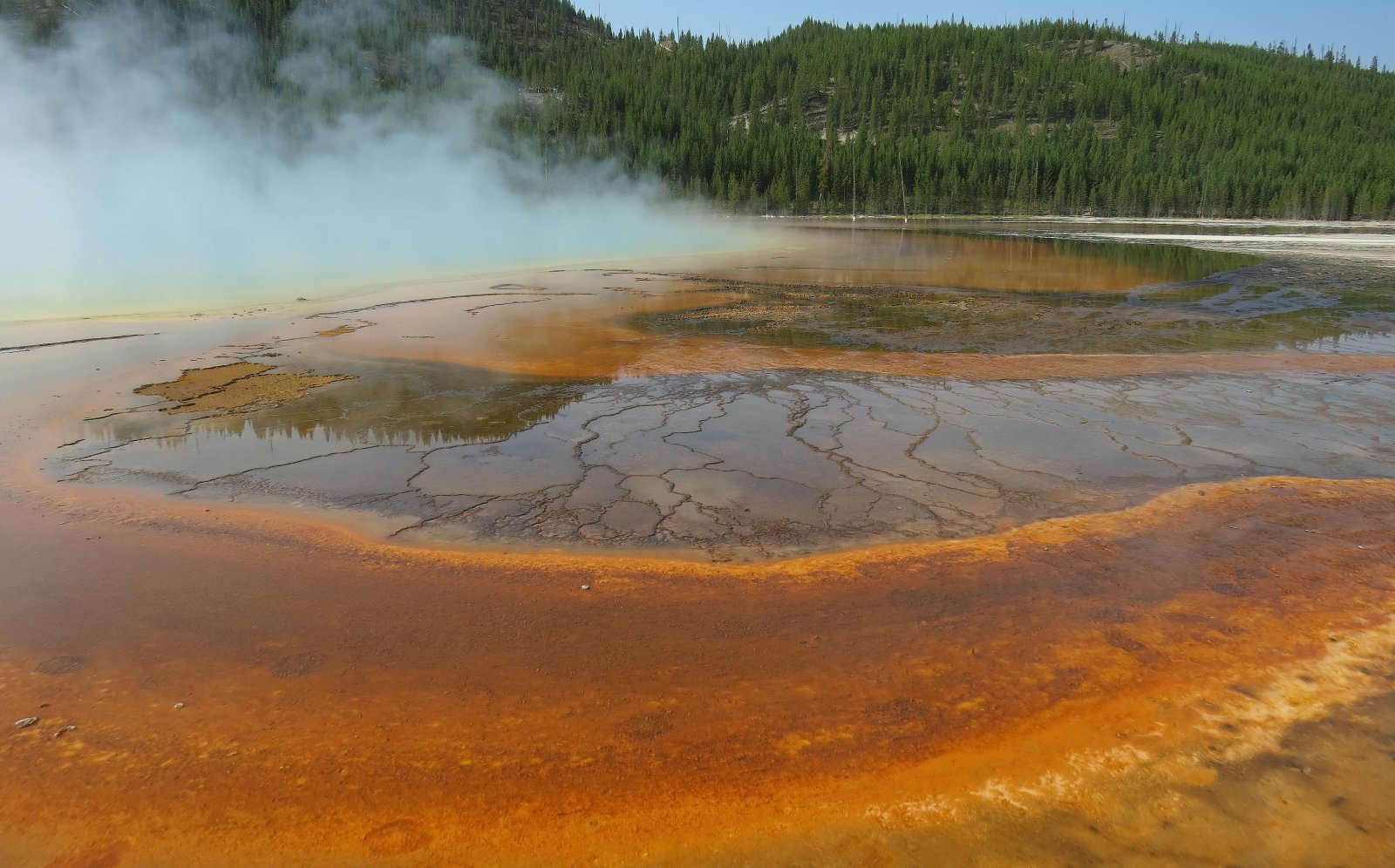
Image Credit: Pexel / Simon Hurry
With warmer temperatures, evaporation rates increase, injecting more moisture into the atmosphere. This added moisture is a key ingredient for hurricanes, contributing to their rapid intensification once formed. The additional water vapor leads to more powerful storms, as observed by scientists tracking hurricane activity.
3. Rising Sea Levels
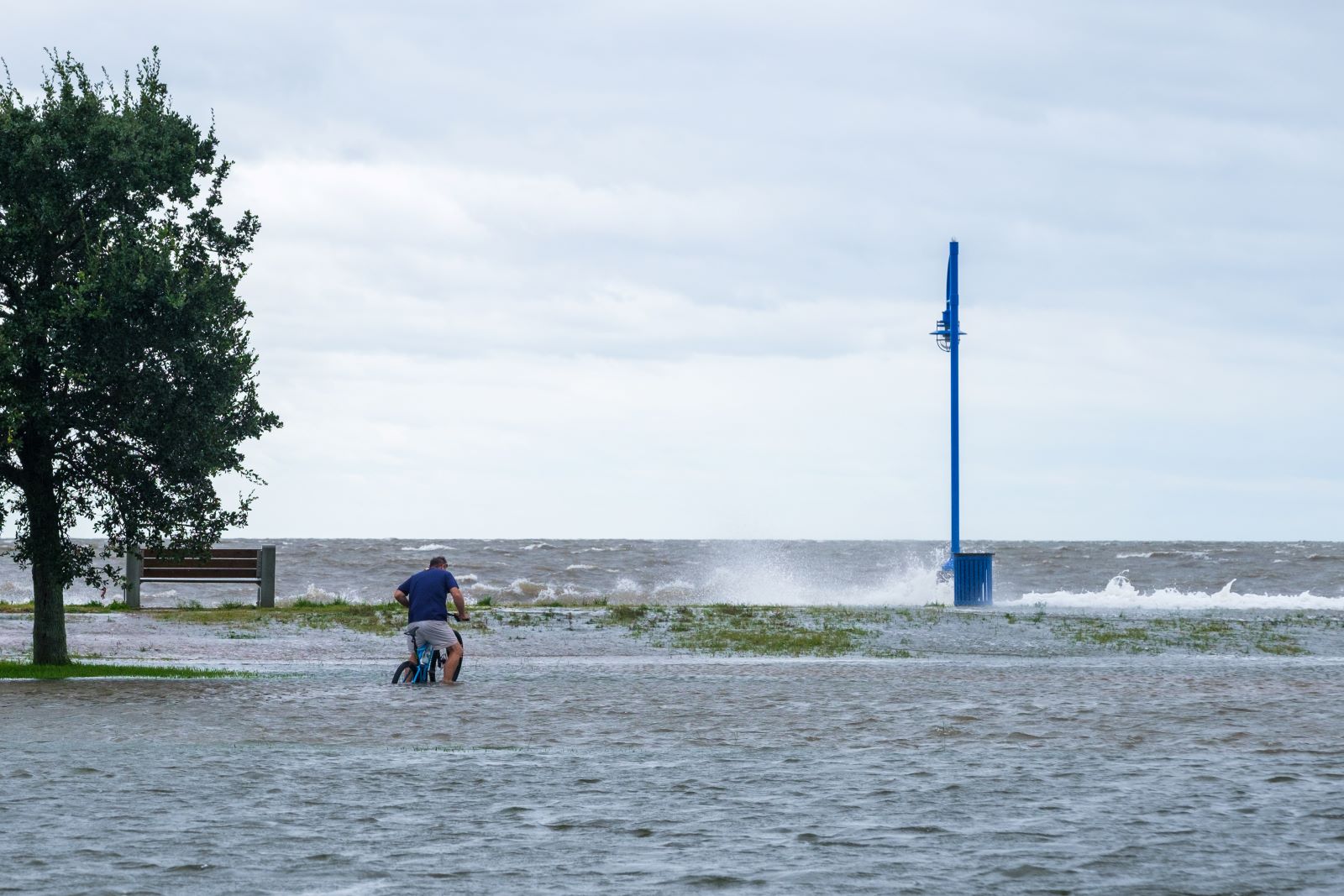
Image Credit: Shutterstock / William A. Morgan
According to the National Oceanic and Atmospheric Administration (NOAA), higher sea levels enhance storm surge capabilities during hurricanes, leading to severe coastal flooding and expanded inland damage. As sea levels continue to rise, the impact of storm surges will only become more devastating, affecting increasingly larger areas.
4. Expanded Hurricane Formation Zones

Image Credit: Shutterstock / David Pereiras
Research suggests that as oceans warm, the geographical zones where hurricanes can form and strengthen are expanding, introducing storms to regions previously unaffected. This shift not only broadens the impact area but also exposes new populations to hurricane threats. Such changes are critical for emergency planning and building resilience in new regions.
5. Longer Hurricane Seasons
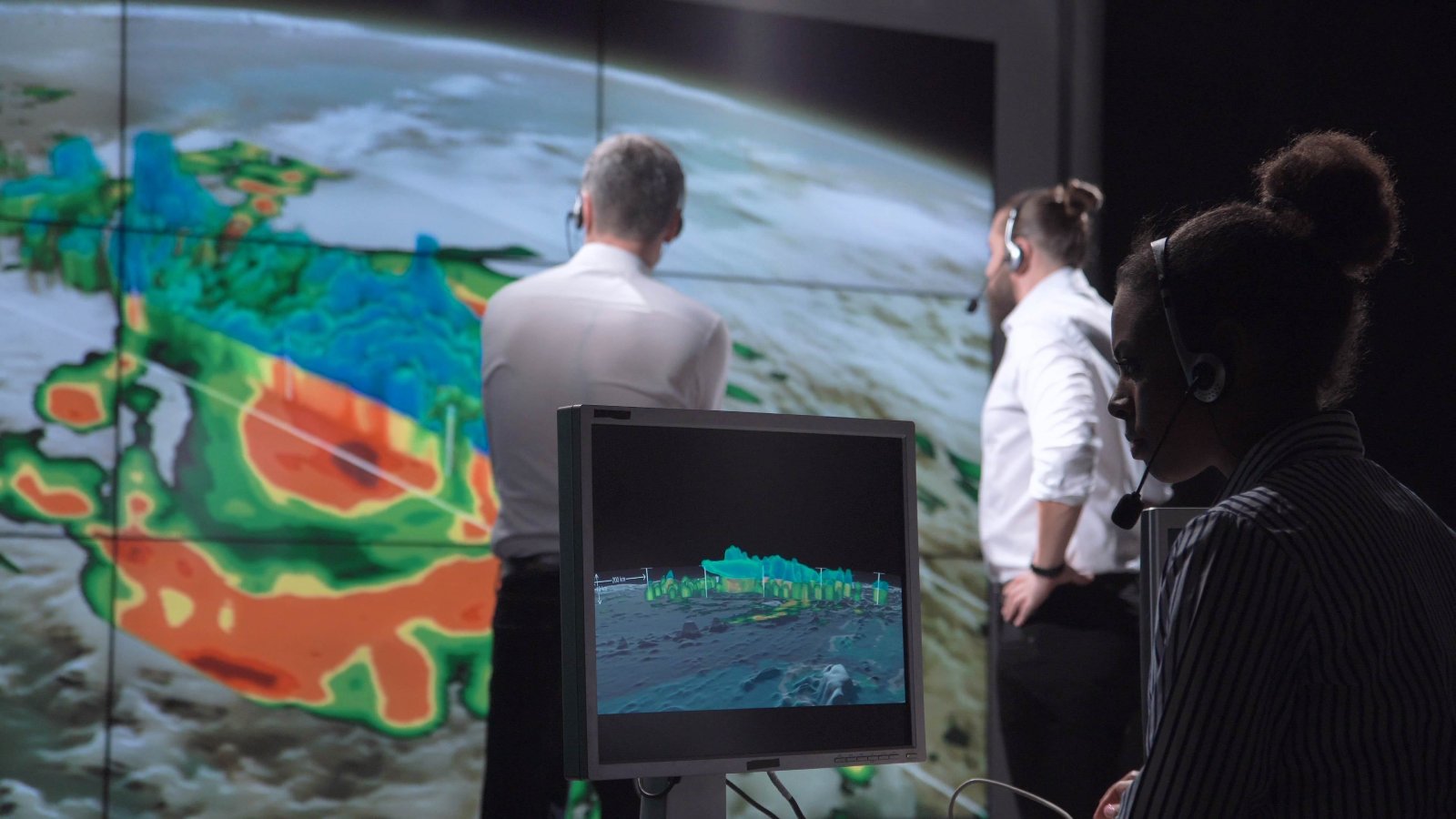
Image Credit: Shutterstock / Frame Stock Footage
Studies indicate that the hurricane season is extending due to prolonged warm conditions, increasing the potential for more frequent storms within a year. This extension of the hurricane season puts greater stress on disaster preparedness and response systems, requiring adjustments in infrastructure and community planning.
6. Shifts in Hurricane Trajectories

Image Credit: Shutterstock / Gorodenkoff
Changing atmospheric conditions, influenced by global warming, can alter the steering currents that guide hurricanes, potentially directing them toward more populated areas. These shifts in trajectories increase the risk of landfall in densely populated coastal cities, magnifying potential damages and loss of life. Understanding these patterns is vital for improving evacuation plans and insurance models.
7. Increased Rainfall Rates
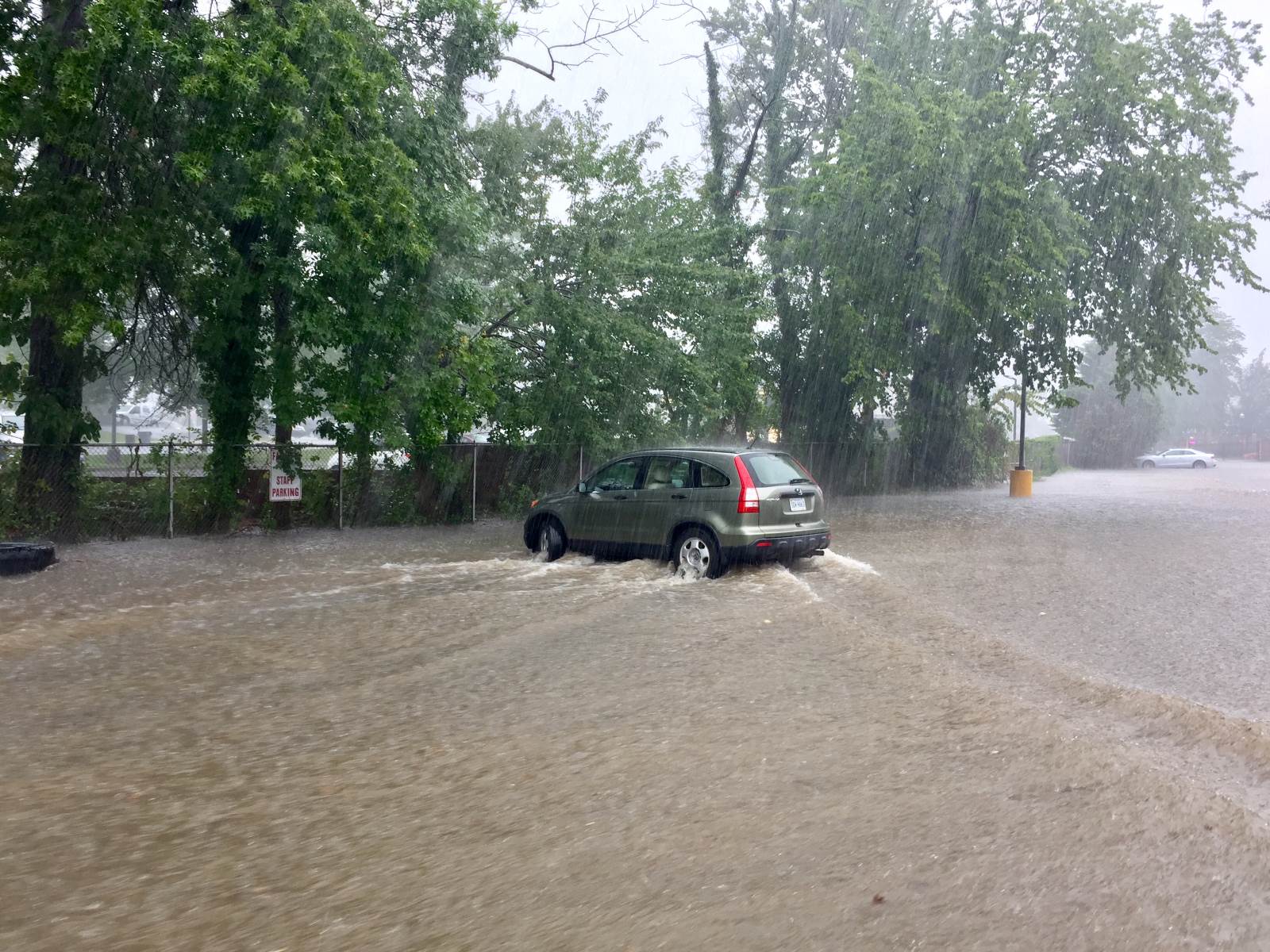
Image Credit: Shutterstock / John M. Chase
NASA findings highlight that hurricanes now produce more rainfall than in the past, enhancing the risk of catastrophic flooding well beyond coastal areas. This increased precipitation can overwhelm urban drainage systems and exacerbate flood damage, necessitating updates in urban planning and flood defense strategies.
8. Slower Moving Hurricanes
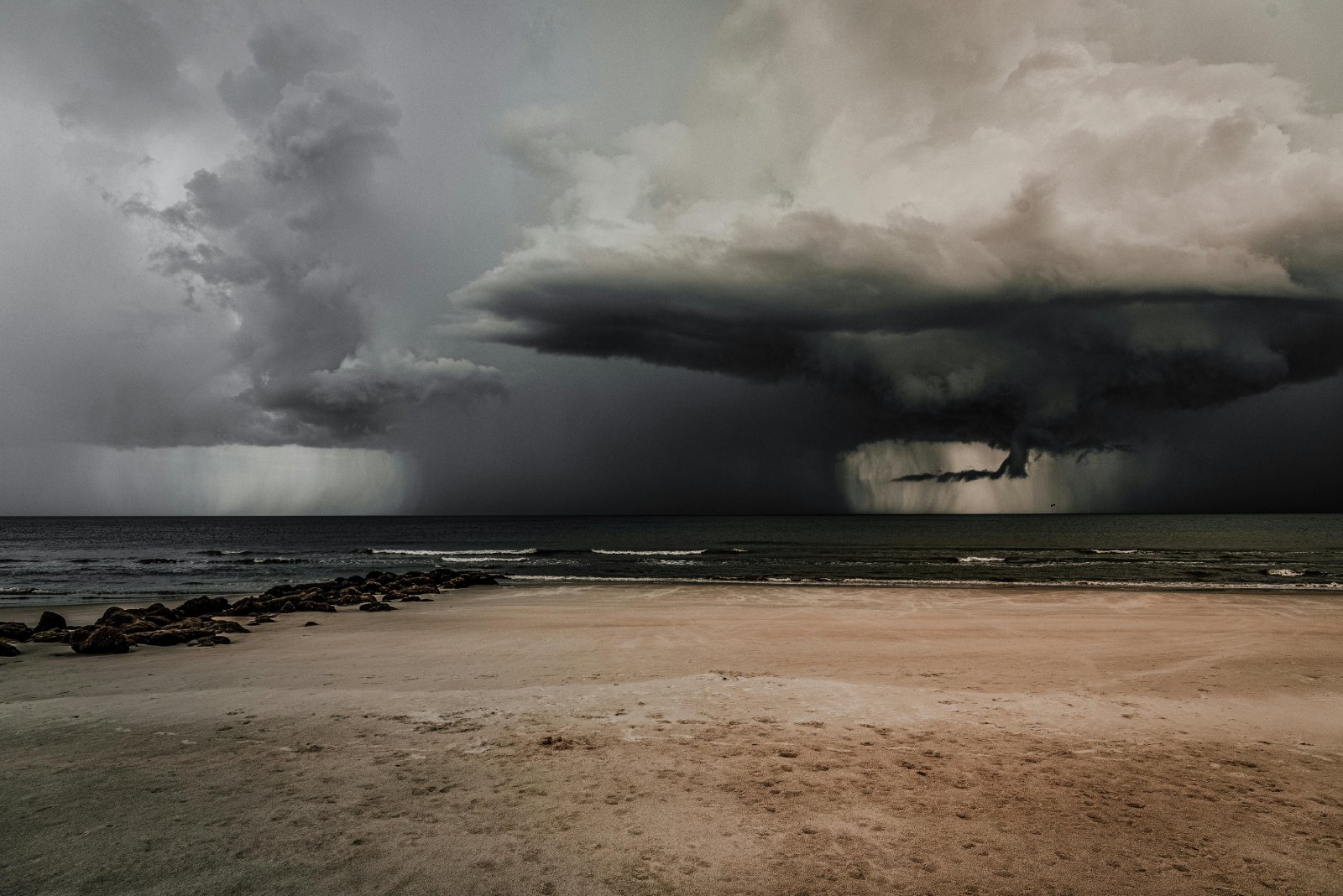
Image Credit: Pexel / ALTEREDSNAPS
Research indicates that hurricanes are moving more slowly across the land, prolonging their destructive effects. The slower pace allows hurricanes to drop more rain over a given area, increasing flood risks significantly. This trend was notably seen in hurricanes like Harvey and Florence, which caused widespread flooding and damage.
9. Greater Intensity of Storms
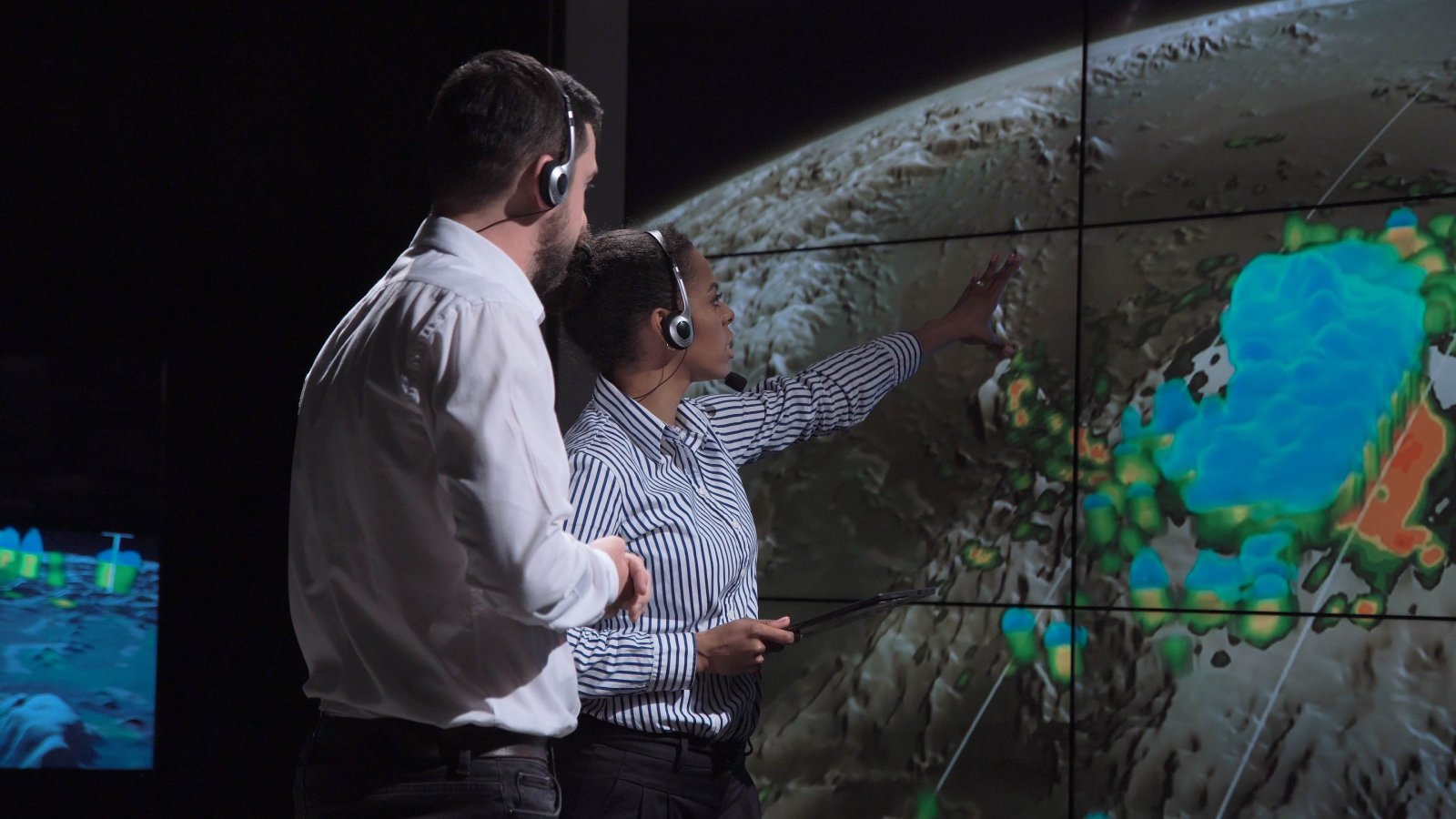
Image Credit: Shutterstock / Frame Stock Footage
The intensity of hurricanes is increasing, with more storms reaching category 4 and 5 status, leading to more severe wind and storm surge damage. This escalation not only results in more immediate destruction but also complicates recovery efforts, straining financial and human resources. Enhanced storm intensity is a direct challenge to coastal resilience and safety.
10. Tornado Season Variability
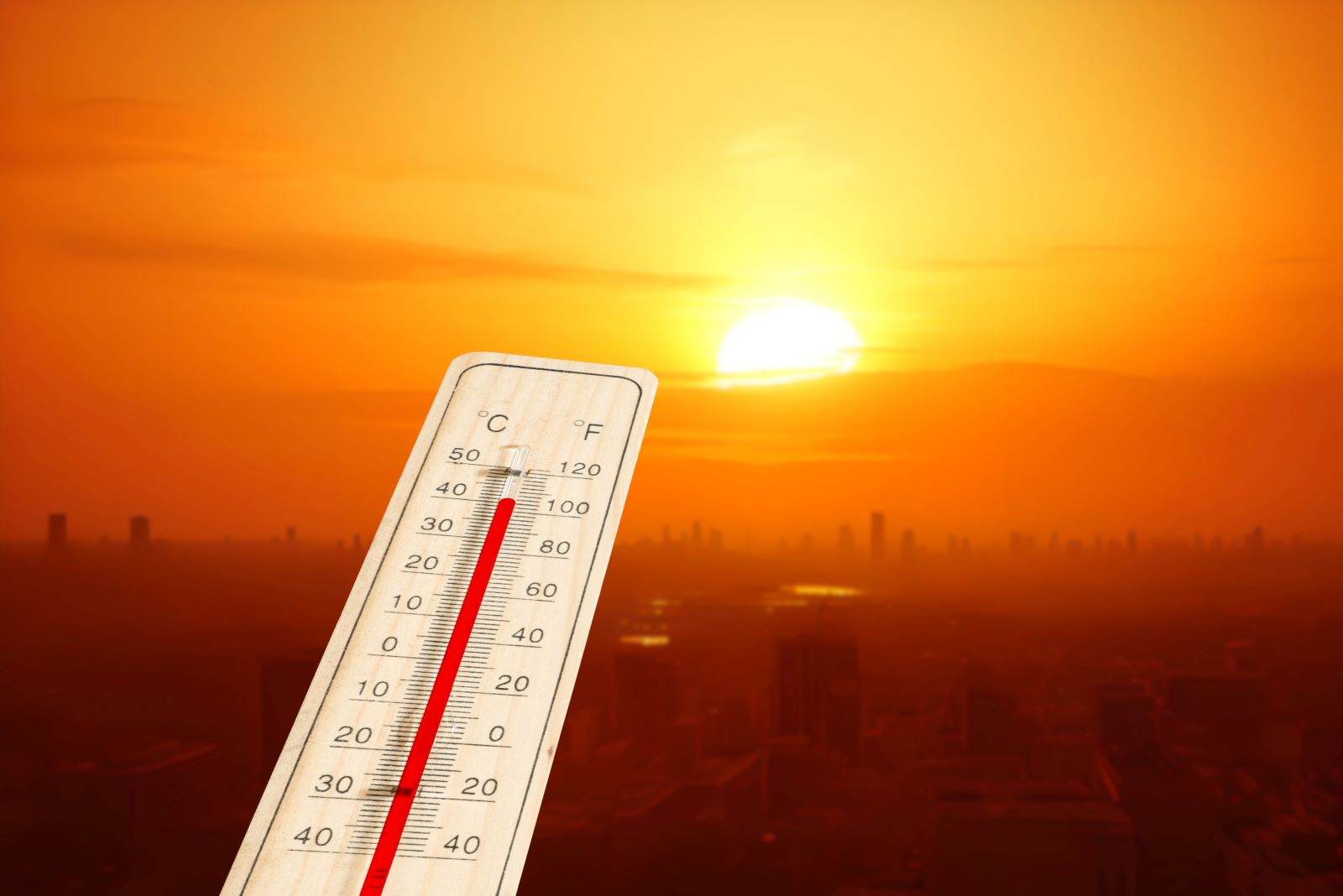
Image Credit: Shutterstock / Bartolomiej Pietrzyk
Climate change is contributing to greater variability in tornado seasons, affecting both the timing and frequency of these events. This unpredictability makes it harder for communities to prepare and respond effectively, increasing the potential for damage and casualties. As the climate continues to warm, these trends may become even more pronounced.
11. Increased Atmospheric Instability
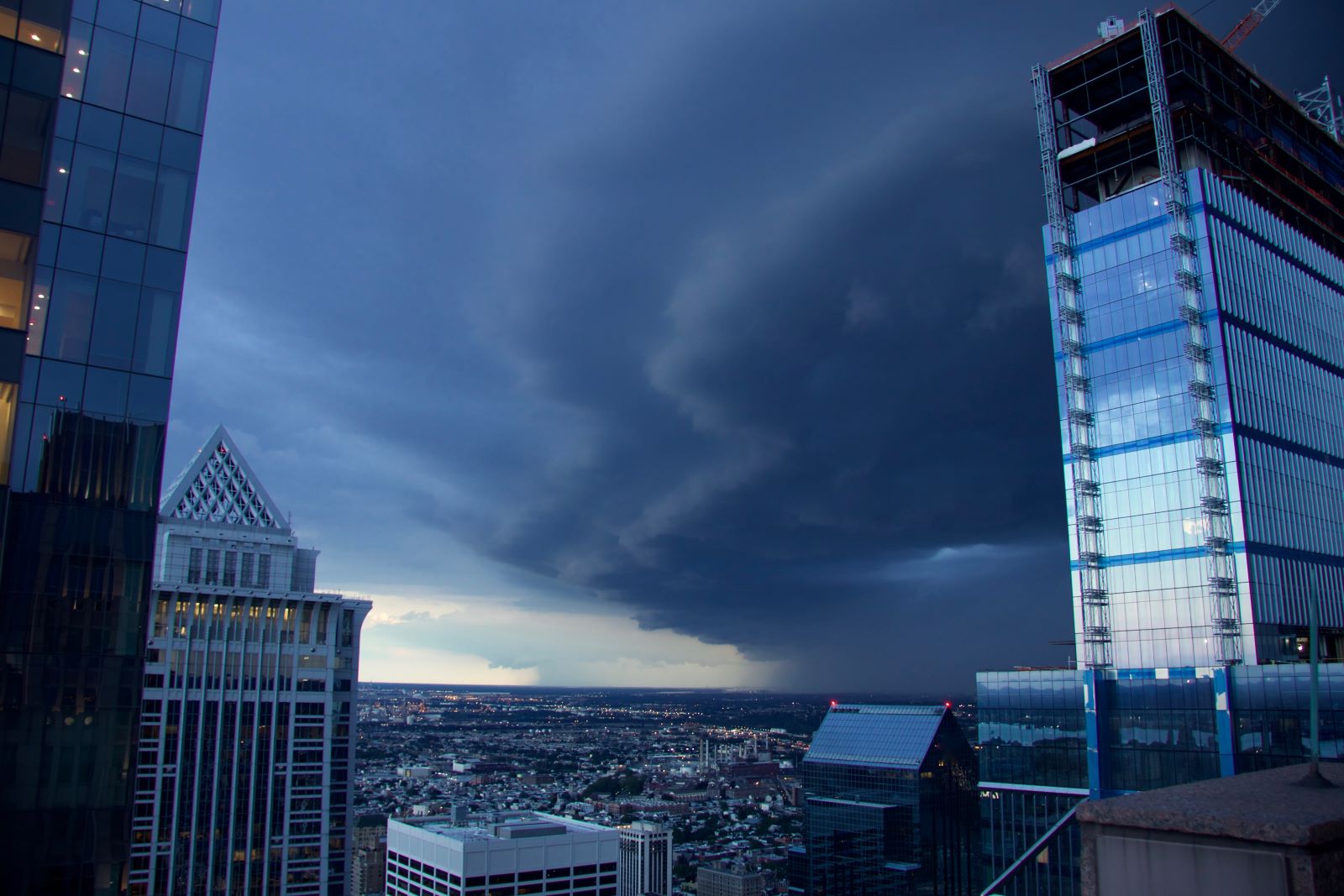
Image Credit: Shutterstock / Clay Cofer
Global warming increases atmospheric instability, which can lead to more severe thunderstorms and, consequently, more tornadoes. This instability is caused by warmer air holding more moisture, which, when combined with energy dynamics in the atmosphere, can create violent storms. The increase in severe thunderstorms is particularly concerning for regions traditionally prone to such events.
12. Changes in Jet Stream Patterns
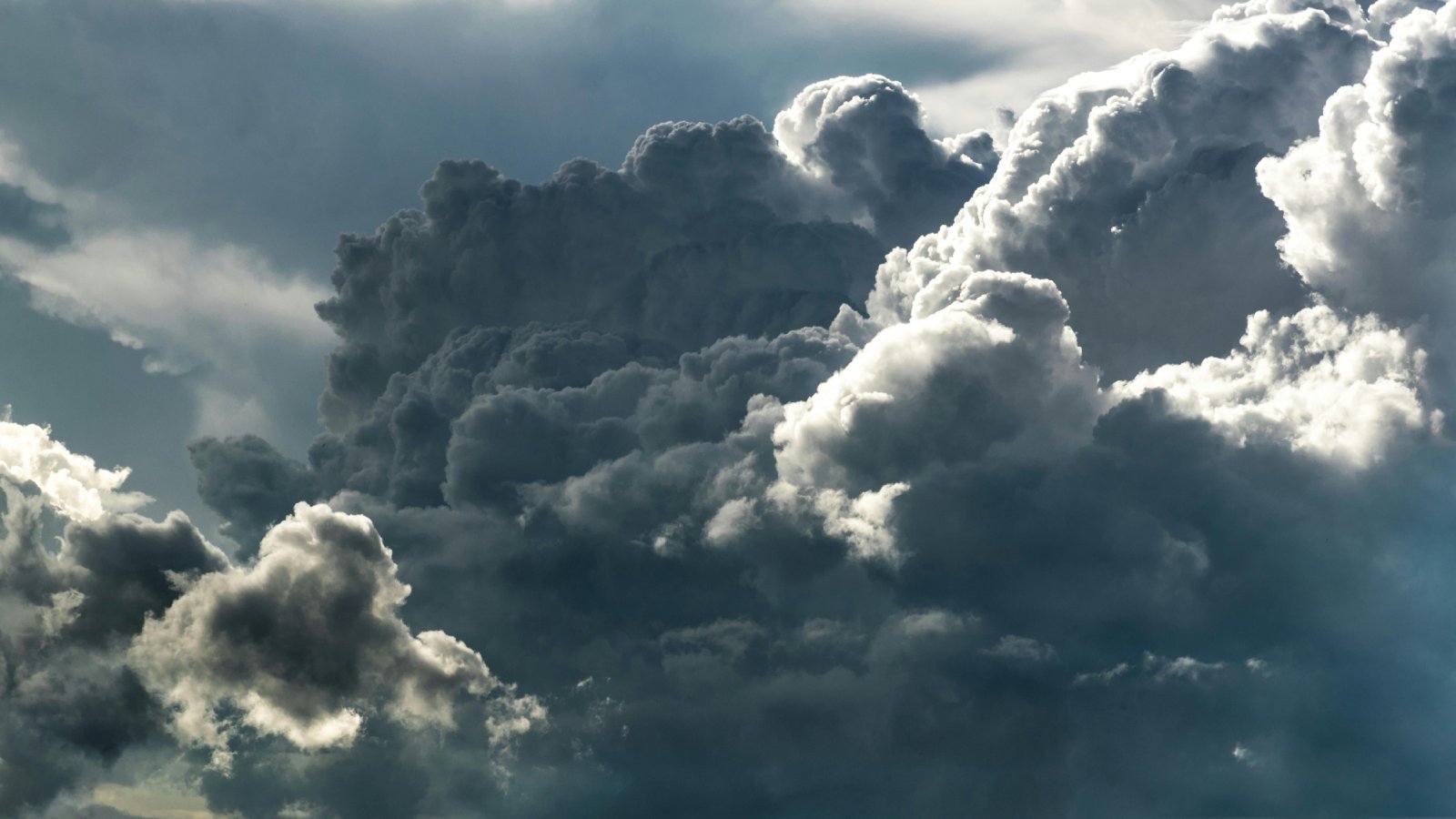
Image Credit: Pexel / Pixabay
The shifting of jet streams, influenced by the warming of the Arctic, affects storm tracks and can create conditions favorable for tornadoes. These altered patterns can lead to an increase in the frequency and intensity of tornado outbreaks, particularly in the central United States. Understanding jet stream modifications is crucial for predicting severe weather outbreaks.
13. More Energy in the Atmosphere

Image Credit: Pexel / Pixabay
A warmer atmosphere holds more energy, which can fuel more powerful storms, including tornadoes. This increased atmospheric energy leads to more dynamic storm systems capable of producing severe weather events. The link between increased atmospheric energy and storm intensity is a key focus of current climate research.
14. Enhanced Wind Shear

Image Credit: Shutterstock / zayatsphoto
While climate change may decrease overall wind shear, it can increase it locally, contributing to tornado formation in specific areas. Wind shear is a critical factor in tornado development, and its localized increase could lead to more frequent and intense tornadoes in certain regions. This phenomenon requires careful monitoring and analysis to predict and mitigate its effects.
15. Higher Humidity Levels
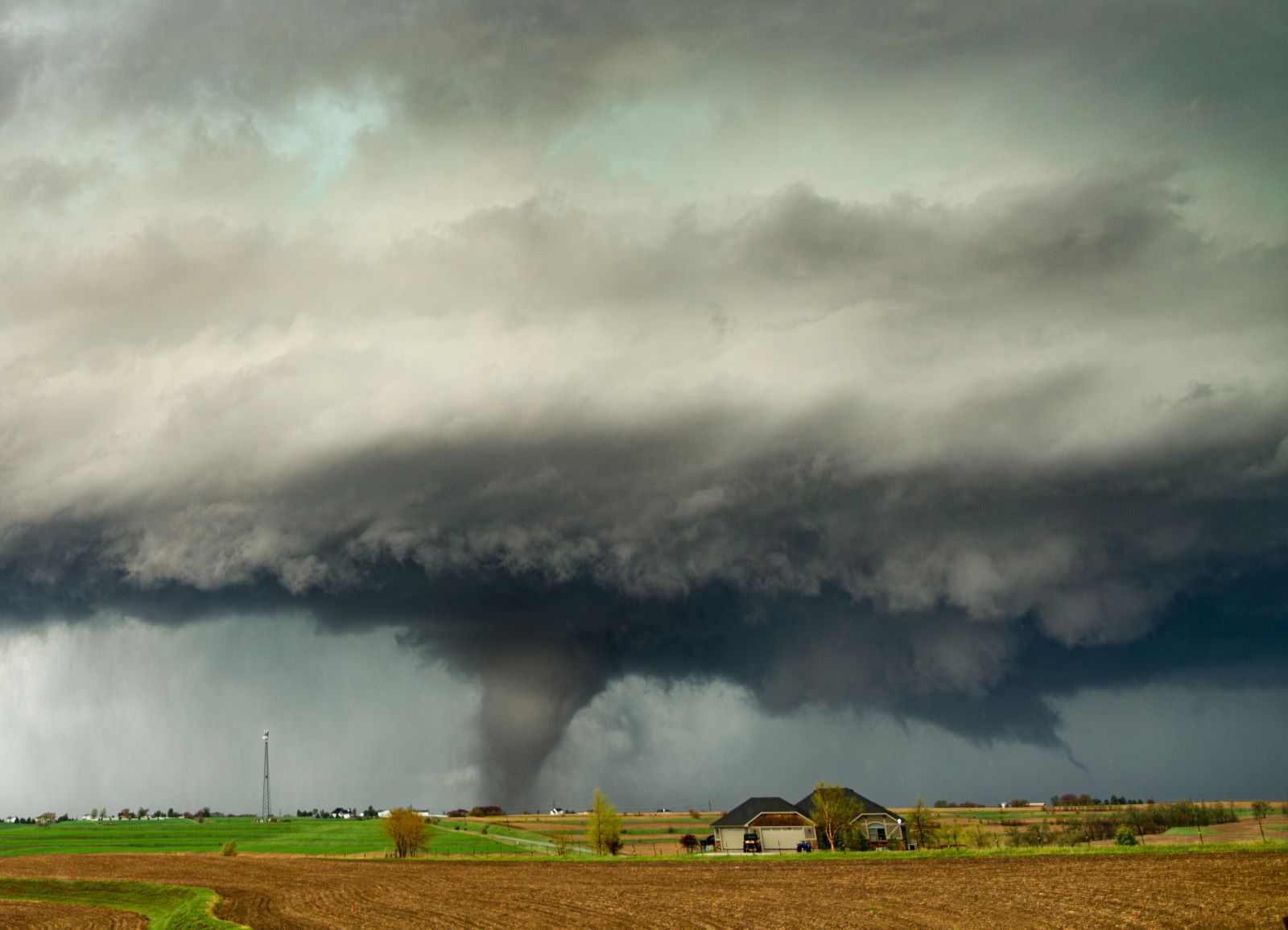
Image Credit: Shutterstock / Jonah Lange
Increased humidity from warmer temperatures can contribute to the development of thunderstorms, which can spawn tornadoes. This humidity acts as fuel for storms, enhancing their intensity and the likelihood of tornado formation. Higher humidity levels are a significant concern for regions already dealing with high storm frequencies.
16. Expansion of Tornado-prone Areas

Image Credit: Shutterstock / Piyapong Wongkam
Areas traditionally unaffected by tornadoes may begin to experience them as climate conditions shift, expanding the typical “tornado alley”. This expansion poses new challenges for emergency management and building codes in regions unaccustomed to such weather events. Planning for and adapting to these changes is crucial for minimizing future impacts.
17. Year-Round Tornado Risk

Image Credit: Shutterstock / Gorodenkoff
In some areas, the risk of tornadoes is becoming a year-round concern rather than being limited to traditional spring and early summer months. This year-round risk complicates agricultural planning, school schedules, and overall community safety protocols. Preparing for a year-round tornado season requires significant adjustments in local and regional emergency response strategies.
18. Increased Nighttime Tornadoes
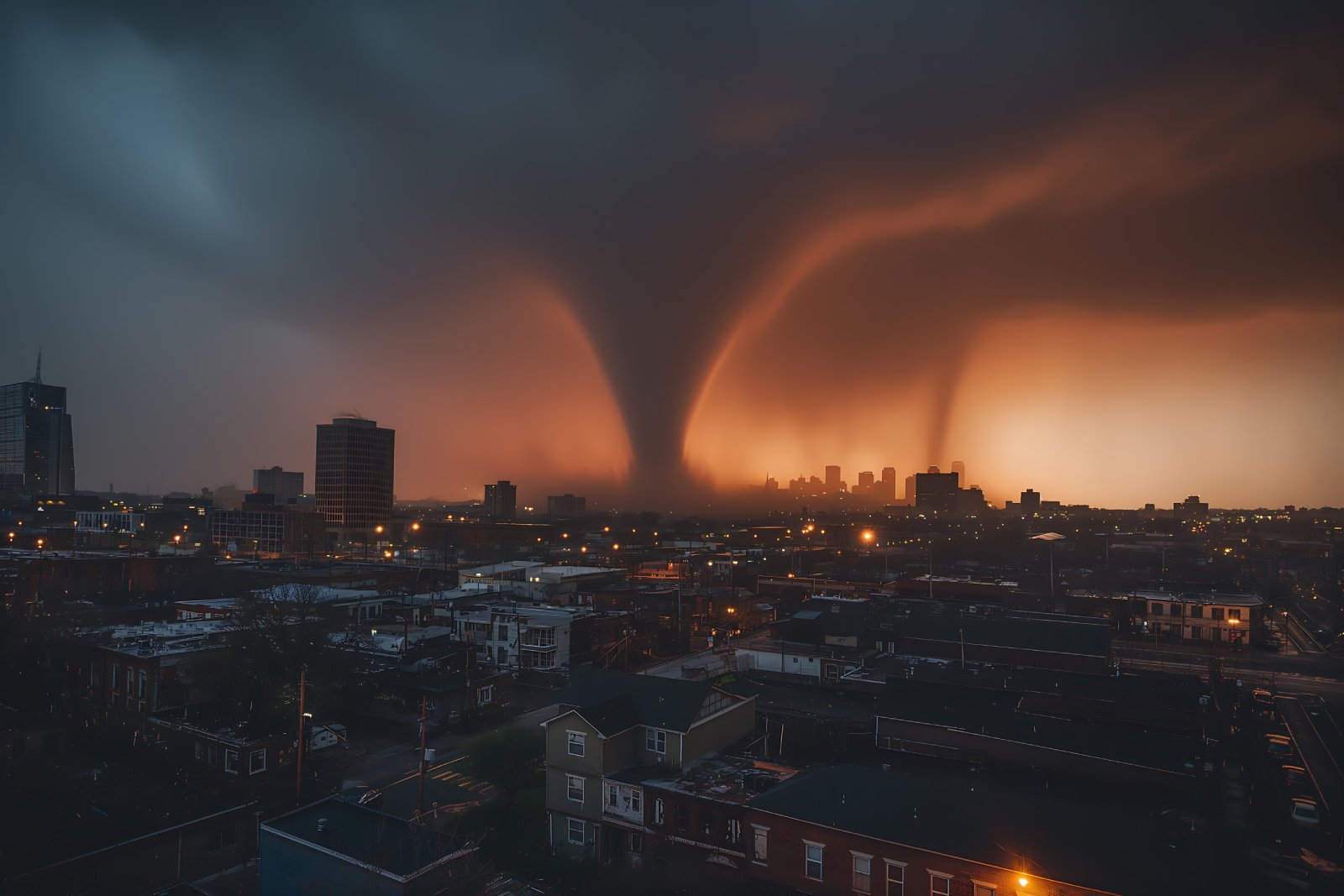
Image Credit: Shutterstock / kafi9944
Warmer nights can lead to more nighttime tornadoes, which are particularly dangerous because they strike when people are less prepared. Nighttime tornadoes have a higher fatality rate due to reduced visibility and slower response times. Communities must improve warning systems and public awareness to counteract this increased risk.
19. Impact on Tornado Warning Systems
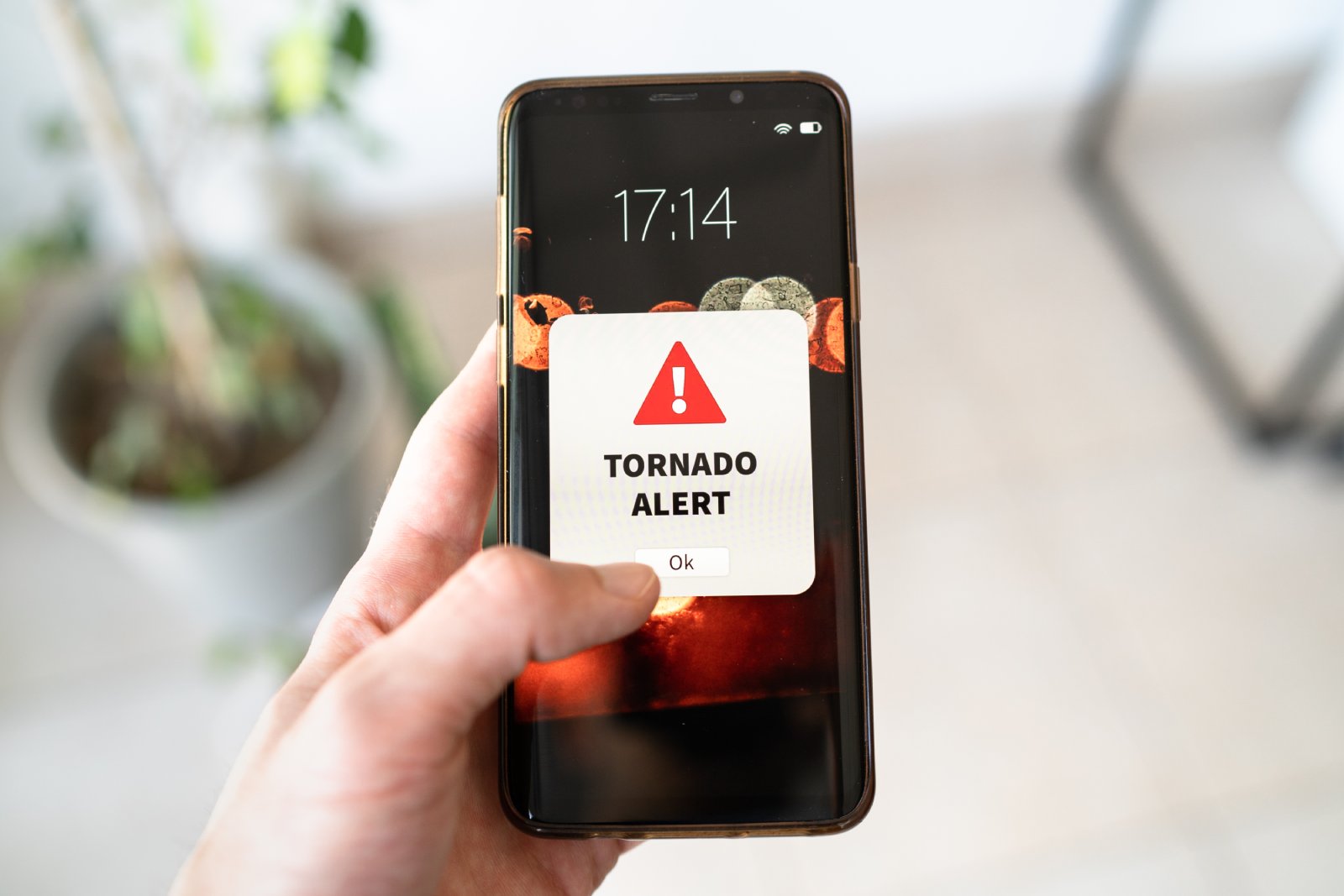
Image Credit: Shutterstock / KGBR
As weather patterns become more erratic, it challenges existing tornado warning systems to provide timely and accurate alerts. Improving these systems is critical for ensuring they can operate effectively under the changing conditions brought about by climate change. Enhancements may include better integration of real-time data, improved prediction models, and more effective communication strategies.
20. Economic and Insurance Impacts

Image Credit: Pexel / Kindel Media
The increased intensity and frequency of hurricanes and tornadoes lead to higher economic costs and challenges for the insurance industry. These impacts include higher claims for damages and losses, adjustments in policy pricing, and the need for more robust risk assessment models. The economic strain is felt not only by individuals and businesses but also by governments managing disaster relief and recovery efforts.
21. Global Impact of Local Events

Image Credit: Shutterstock / G-Stock Studio
The effects of hurricanes and tornadoes intensified by climate change aren’t confined to one area; their impacts are felt globally, affecting international aid, migration, and global economic stability. The interconnectedness of today’s world means that a severe storm in one region can have cascading effects worldwide, influencing everything from global markets to international policy discussions on climate change.
The Eye of the Storm Approaches
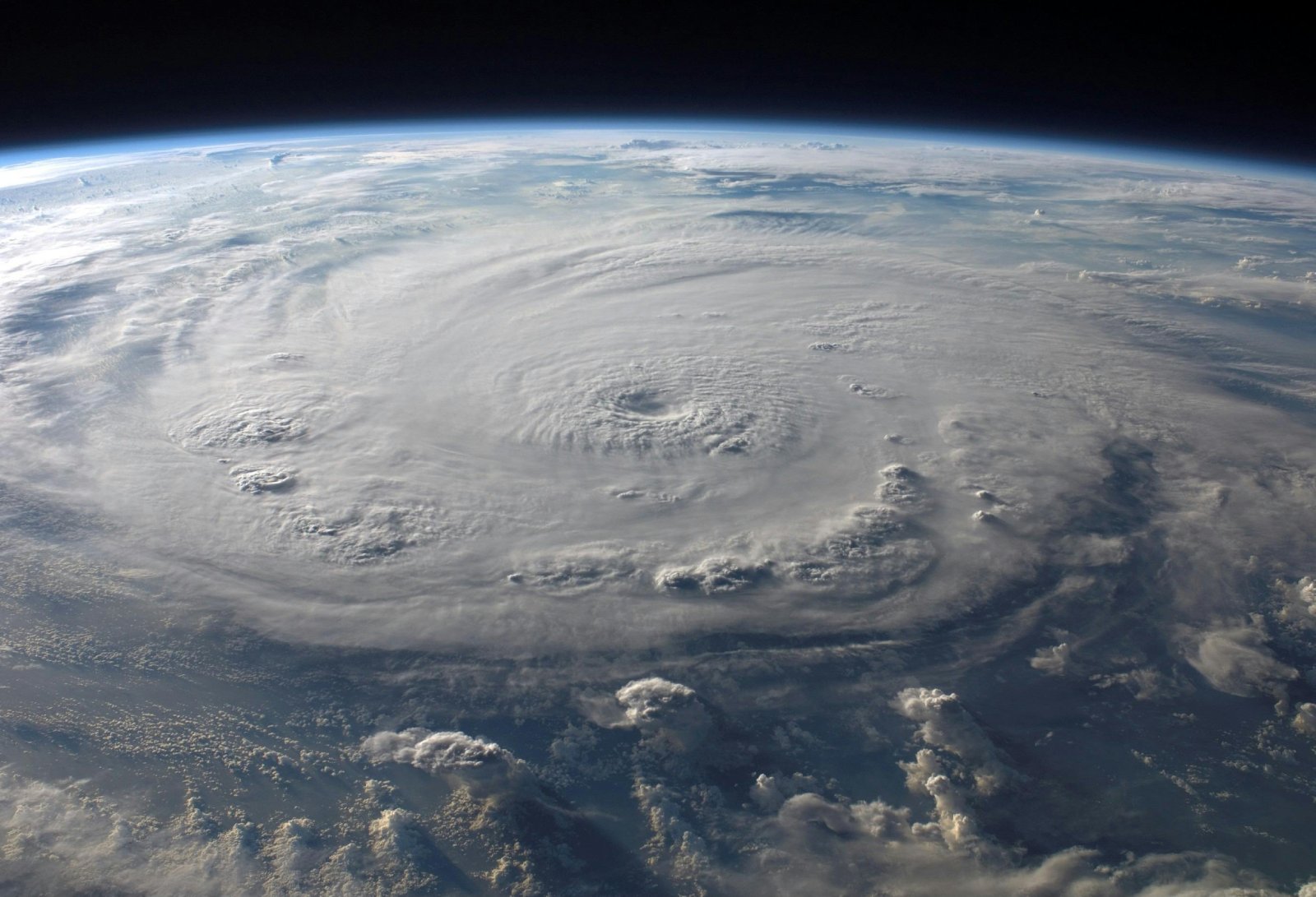
Image Credit: Pexel / Pixabay
As we witness the growing intensity of storms, the question remains: How prepared are we to handle these enhanced forces of nature? Is our infrastructure resilient enough to withstand the new era of superstorms, and are our response systems adequately equipped to manage the increased risks?
Oil Dumping Scandal Rocks Ships Heading to New Orleans

Image Credit: Shutterstock / Aerial-motion
Two shipping companies have been fined after knowingly hiding a large oil spill in the Atlantic Ocean. Oil Dumping Scandal Rocks Ships Heading to New Orleans
20 Eye-Opening Realities Facing Retiring Baby Boomers

Image Credit: Shutterstock / Jack Frog
As Baby Boomers approach retirement, the promise of leisure and security often seems unattainable. This generation faces unique challenges that could redefine retirement. Here’s a stark look at the realities shaping their outlook. 20 Eye-Opening Realities Facing Retiring Baby Boomers
Retail Apocalypse: Massive Closures Sweep Across U.S. Brands

Image Credit: Shutterstock / Tada Images
Stores across the U.S. are closing at unprecedented levels, according to new research from advisory firm Coresight Research. Read on for more information about the impact this could have on you and your communities. Retail Apocalypse: Massive Closures Sweep Across U.S. Brands
Featured Image Credit: Shutterstock / Cammie Czuchnicki.


